Bearded dragons have become increasingly popular pets due to their docile nature and relatively straightforward care requirements. Among the many aspects of bearded dragon care, bathing is often a topic that generates confusion among new owners. Unlike cats or dogs, these reptiles have specific bathing needs that relate directly to their desert origins and unique physiology. Understanding the proper bathing frequency and technique is crucial for maintaining your bearded dragon’s health, hygiene, and happiness. This article will explore everything you need to know about bathing your scaly friend, from determining the ideal schedule to recognizing when your dragon might need some extra bath time.
Understanding Your Bearded Dragon’s Natural Habitat

Bearded dragons originate from the arid, semi-desert regions of Australia, where water is scarce and humidity levels are generally low. In their natural environment, these reptiles don’t regularly encounter large bodies of water and certainly don’t swim or bathe daily. Their bodies have evolved to conserve water efficiently, with specialized scales that help prevent moisture loss and the ability to extract water from their food. Despite their desert adaptations, bearded dragons will occasionally soak in small water sources they find in the wild, particularly during shedding periods. This natural behavior provides important context for determining how frequently captive bearded dragons should be bathed.
The Standard Bathing Frequency Recommendation

For most healthy adult bearded dragons, a bathing frequency of 1-2 times per week is generally appropriate. This schedule provides enough hydration benefits and hygiene maintenance without disrupting their natural rhythms or causing undue stress. Weekly baths help remove accumulated waste particles, shed skin, and substrate debris that may cling to their bodies. This routine also provides an opportunity for owners to check their pet’s overall physical condition, including examining scales, limbs, and tail for any abnormalities. Remember that this recommendation is a starting point, and the ideal frequency may vary based on your individual dragon’s needs, age, and health status.
Age-Specific Bathing Guidelines

Baby and juvenile bearded dragons typically benefit from more frequent baths than adults, usually 2-3 times per week. These younger dragons are growing rapidly and have different hydration needs compared to their adult counterparts. The increased bathing frequency helps ensure proper hydration during critical growth periods and can encourage healthy defecation in young dragons. As your bearded dragon matures, you can gradually reduce the bathing frequency to the adult schedule of 1-2 times weekly. Senior dragons (generally those over 7 years old) may require adjustments to their bathing schedule based on mobility issues or specific health conditions that might develop with age.
Signs Your Bearded Dragon Needs a Bath

Bearded dragons often communicate when they need additional bathing through behavioral and physical cues. If you notice your dragon scratching excessively, this could indicate the beginning of a shedding cycle, during which additional baths can provide relief and aid in the shedding process. Visible dirt, debris, or fecal matter on your dragon’s body or vent area is a clear indicator that a bath is needed regardless of the regular schedule. Some bearded dragons display increased activity or glass surfing (repeatedly climbing the sides of their enclosure) when they want a bath. Additionally, if your dragon appears dehydrated—showing wrinkled skin, sunken eyes, or decreased appetite—a bath can help restore hydration levels quickly.
Seasonal Bathing Adjustments

Bearded dragons often experience different needs throughout the seasons, particularly in relation to brumation—their version of hibernation. During brumation periods, which typically occur in fall and winter, your dragon’s metabolism slows, and they become less active, requiring fewer baths—usually once every 1-2 weeks at most. In contrast, during warmer months when they’re more active, maintaining the regular 1-2 times weekly bathing schedule is appropriate. Dragons tend to shed more frequently during spring and summer, so you might need to increase bath frequency temporarily during heavy shedding episodes. Monitoring your dragon’s behavior and adjusting the bathing schedule seasonally helps accommodate their natural biological rhythms.
The Proper Bathing Technique
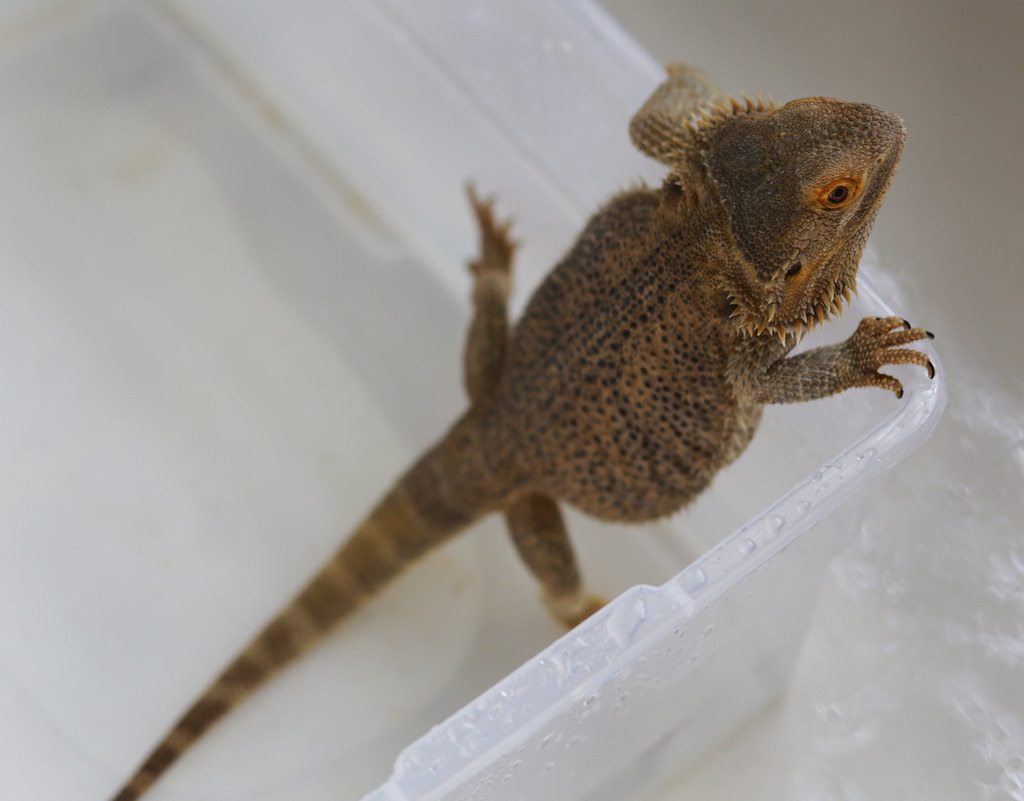
Creating the right bathing environment is crucial for a safe and effective bearded dragon bath. Fill a container with warm water measuring between 90-100°F (32-38°C), ensuring the water level only reaches up to your dragon’s shoulders or mid-body—never above their shoulders, as this can cause stress and drowning risk. The bathing container should be large enough for your dragon to move around comfortably but small enough that they feel secure. Never leave your bearded dragon unattended during bath time, as accidents can happen quickly even with shallow water. After the bath, gently pat your dragon dry with a soft towel, paying special attention to the folds of skin around limbs and the vent area to prevent moisture-related skin issues.
Bathing Duration Guidelines
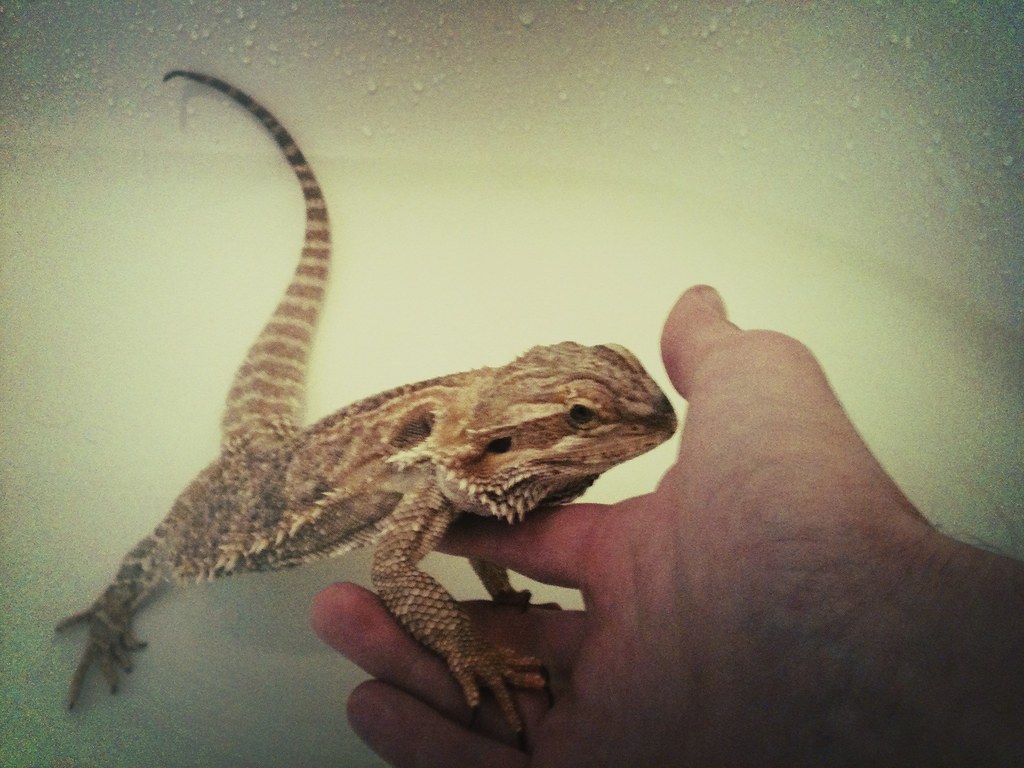
The optimal duration for a bearded dragon bath typically ranges from 10 to 20 minutes. This timeframe provides sufficient opportunity for hydration, soaking, and gentle cleaning without causing stress or lowering their body temperature excessively. You’ll know it’s time to end the bath if your dragon shows signs of discomfort, such as excessive movement, attempting to climb out repeatedly, or darkening of their beard. During colder months, bath times may need to be shortened to prevent your dragon from cooling down too much, as they rely on external heat sources to maintain their body temperature. For dragons that particularly enjoy bathing, you can extend the time slightly, but always monitor them for signs of stress or discomfort.
Hydration Benefits Beyond Drinking
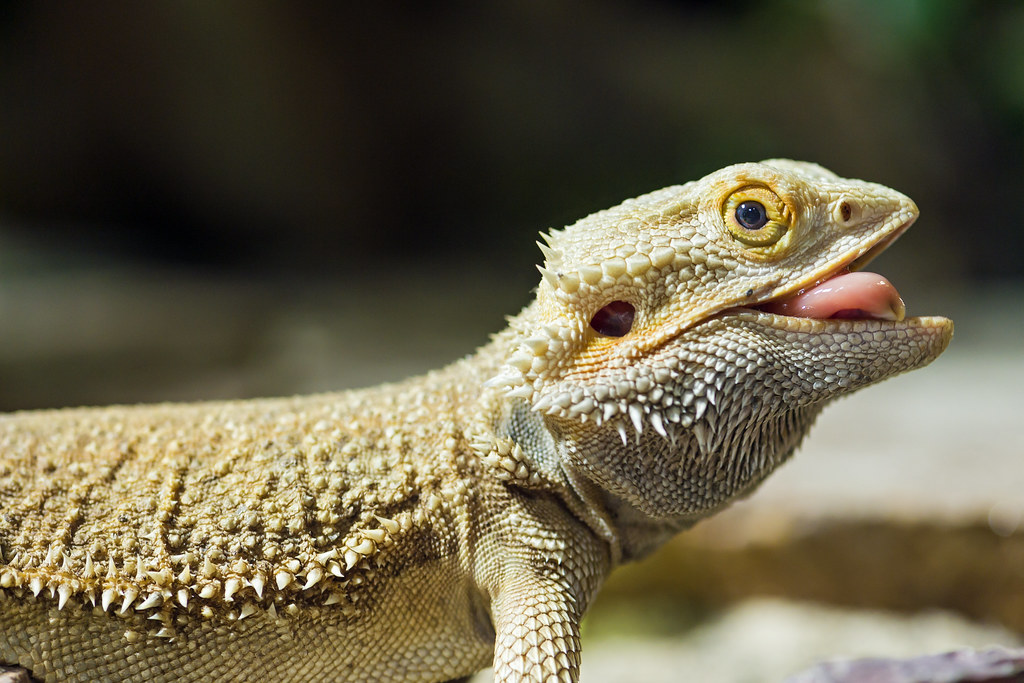
Bearded dragons absorb water through their vent (cloaca) and skin during bathing, making bath time an important supplemental hydration method. This absorption is particularly beneficial for dragons that don’t drink regularly from their water dishes, which is common behavior for many bearded dragons. Regular bathing helps maintain proper hydration levels, supporting kidney function and helping prevent issues like constipation or impaction. The moisture also helps soften any stuck shed, making it easier for your dragon to complete the shedding process naturally. For dragons living in enclosures with low humidity levels, these hydration benefits become even more significant as a way to balance their overall water intake.
Bathing as a Digestive Aid

One notable benefit of regular bathing is its positive effect on a bearded dragon’s digestive system. The warm water and gentle movement can stimulate bowel movements, helping dragons who might be experiencing mild constipation. Many bearded dragons defecate during or shortly after baths, which is completely normal behavior. This digestive stimulation is particularly important for dragons consuming primarily protein-rich diets or those prone to impaction. If you notice your dragon hasn’t defecated in several days, a warm bath can often help encourage this natural process. Regular bowel movements are essential for preventing impaction, a serious condition where fecal matter becomes lodged in the digestive tract and can be life-threatening if not addressed.
Special Bathing Considerations During Shedding
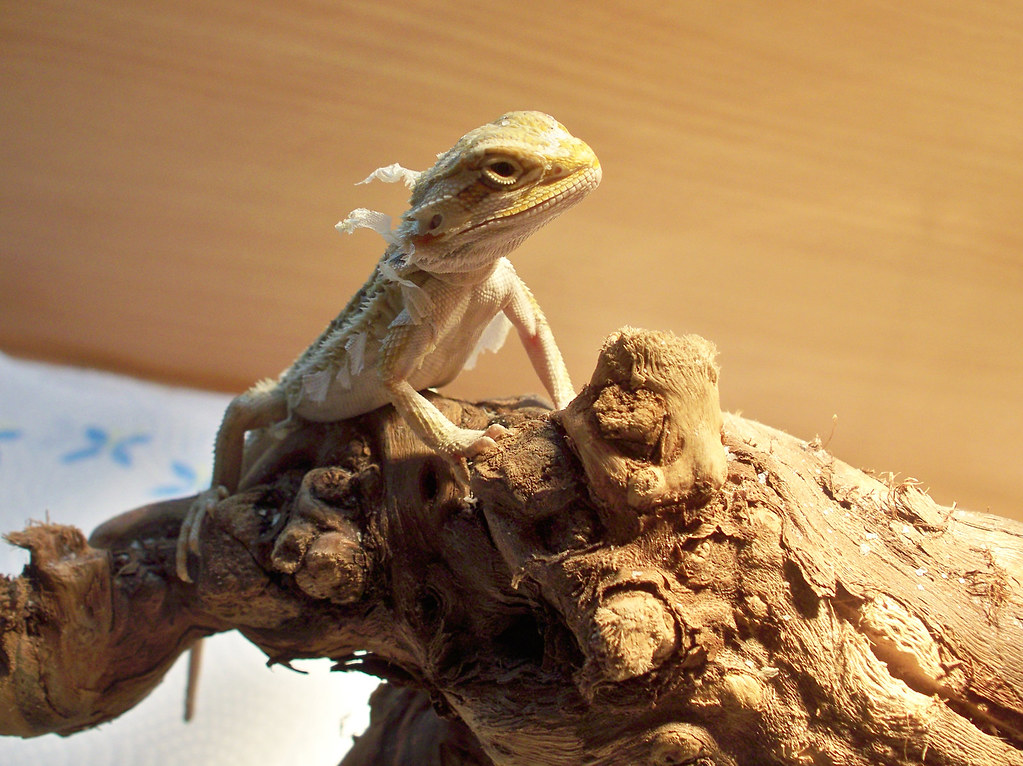
During shedding cycles, bearded dragons benefit from increased bath frequency, typically every other day or even daily for brief periods. The extra moisture helps soften the old skin, making the shedding process less uncomfortable and reducing the risk of stuck shed. Pay particular attention to areas prone to difficult shedding, such as the tail, limbs, and head, which may benefit from gentle misting or slightly longer soaking times. Never pull or forcibly remove shedding skin, as this can damage the new skin underneath and potentially cause infections. After shed-specific baths, ensure your dragon has access to rough surfaces in their enclosure, like rocks or branches, which they can rub against to help remove loosened skin naturally.
When to Avoid Bathing
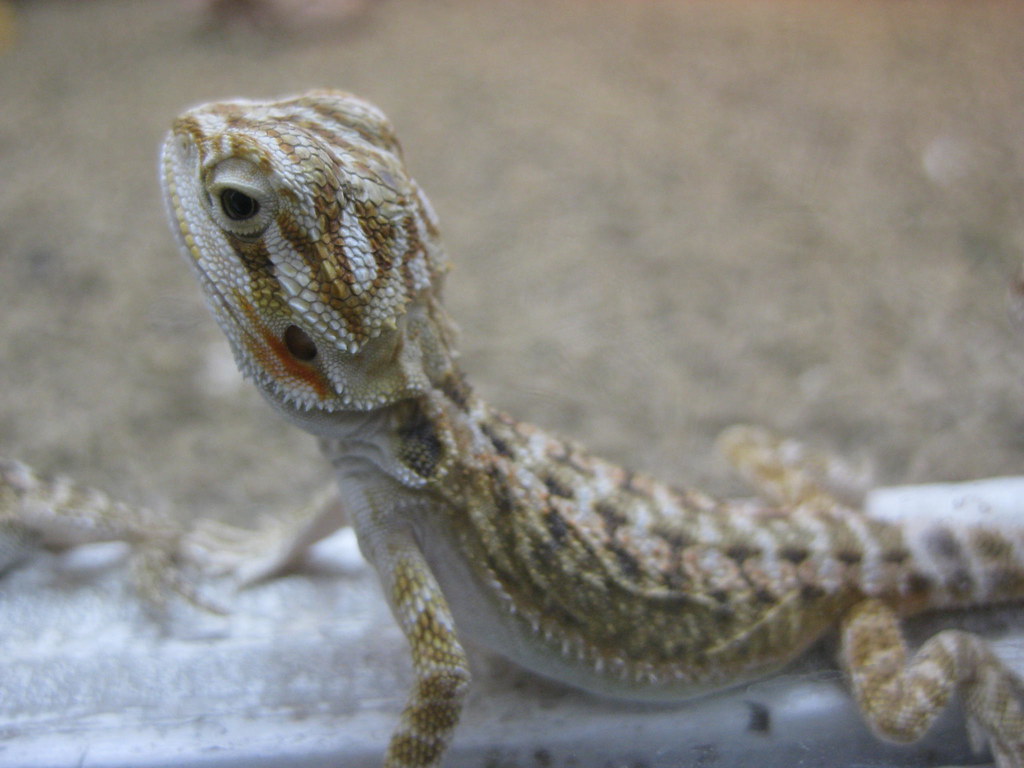
There are specific situations when bathing your bearded dragon should be postponed or avoided entirely. Immediately after feeding, dragons should not be bathed as this can disrupt digestion and potentially lead to regurgitation. If your dragon appears severely stressed or ill, forcing a bath may exacerbate their condition; in these cases, consult a veterinarian before proceeding with bathing. During deep brumation, when your dragon is minimally active and rarely eating, bathing should be minimized or temporarily discontinued to avoid disrupting this natural state. Additionally, if your dragon has an open wound or recent surgery site, avoid full baths until it’s completely healed, as water exposure could lead to infections.
Using Appropriate Cleaning Products
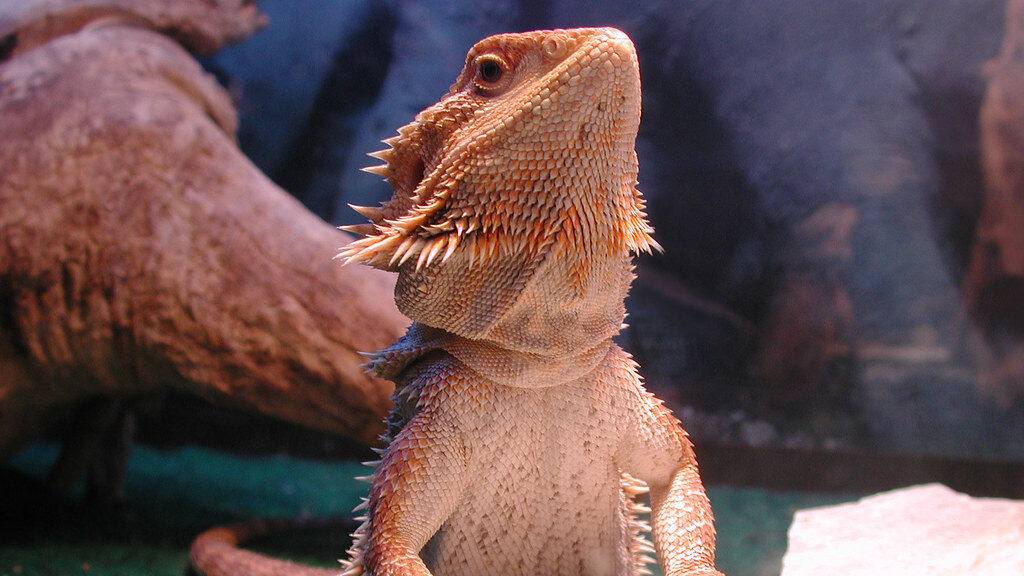
When bathing your bearded dragon, plain, lukewarm water is typically all that’s needed for routine cleaning. Commercial reptile-safe soaps or cleaners should only be used in specific situations, such as when removing stubborn waste or addressing certain skin conditions, and always under veterinary guidance. Never use human soaps, shampoos, or detergents, as these products contain chemicals that can harm your dragon’s sensitive skin and may be toxic if ingested when they lick themselves. If deeper cleaning is necessary, a soft-bristled toothbrush can be used to gently clean specific areas, particularly around the vent or between toe scales. After using any cleaning product, ensure your dragon is thoroughly rinsed to remove all residues before returning them to their enclosure.
Monitoring Your Dragon’s Bath Preferences
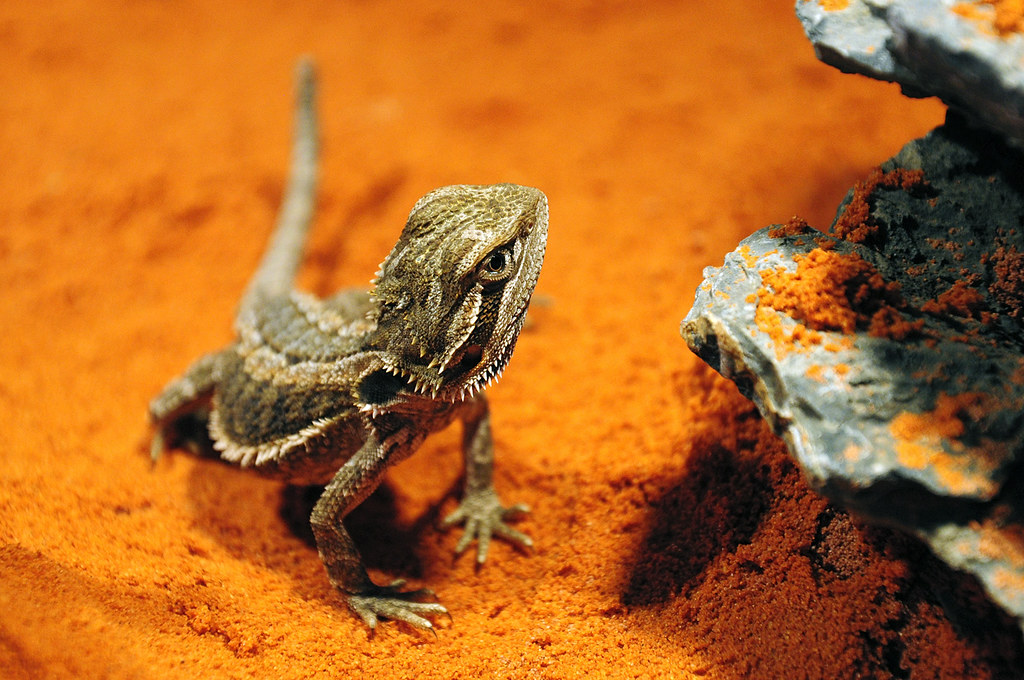
Bearded dragons, like many pets, develop individual preferences regarding bathing that owners should observe and respect. Some dragons visibly enjoy bath time, showing relaxed posture, closed eyes, and even playful behavior in the water. Others may display stress signals, such as a darkened beard, flattened body, or attempted rapid escape, indicating they find the experience unpleasant. If your dragon consistently shows stress during baths, consider adjusting factors like water temperature, depth, or container size to create a more comfortable experience. Remember that preferences can change over time; a dragon that initially dislikes bathing may grow to enjoy it with positive associations and gradual acclimation, while others may need shorter or less frequent sessions to maintain hygiene without undue stress.
Bathing’s Role in Overall Husbandry
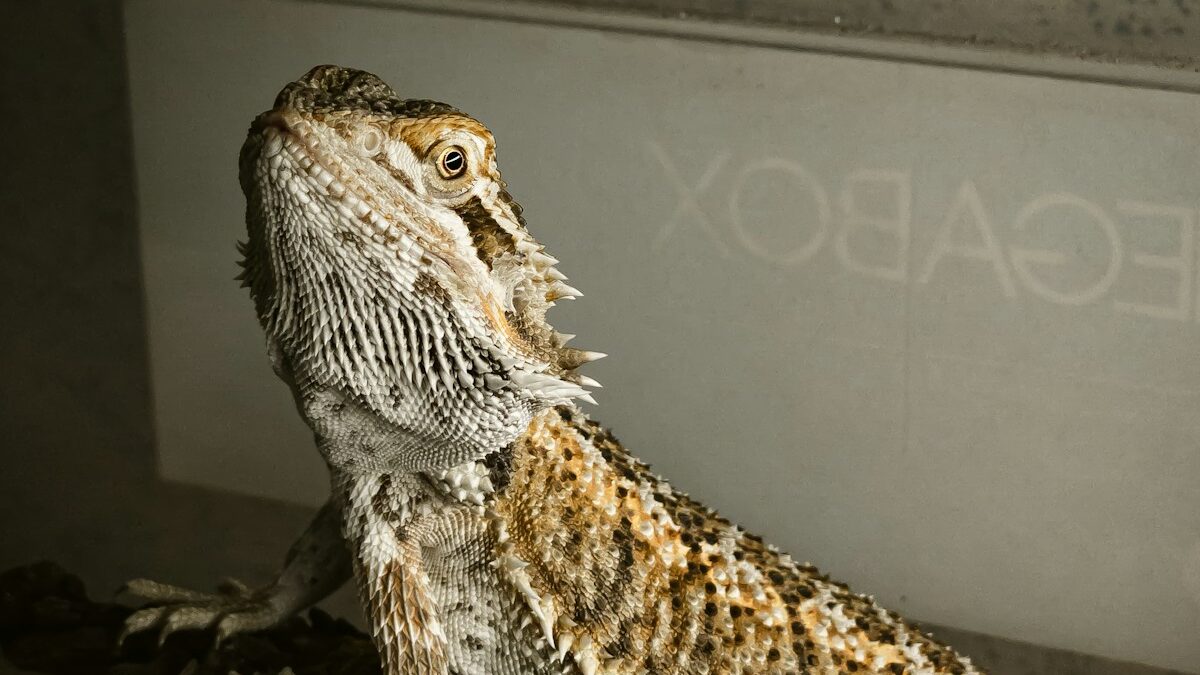
Bathing should be viewed as just one component of comprehensive bearded dragon care, working in conjunction with proper enclosure hygiene, nutrition, and veterinary attention. Regular spot cleaning and deeper enclosure maintenance reduce the amount of waste and debris that adheres to your dragon, potentially decreasing necessary bath frequency. A well-balanced diet rich in appropriate vegetables and occasional fruits provides natural hydration, complementing the hydration benefits of bathing. Annual veterinary check-ups help identify any skin conditions or health issues that might necessitate special bathing protocols. By integrating bathing into a holistic care approach, you create an environment that supports your bearded dragon’s physical and behavioral needs, contributing to their overall well-being and longevity.
Conclusion
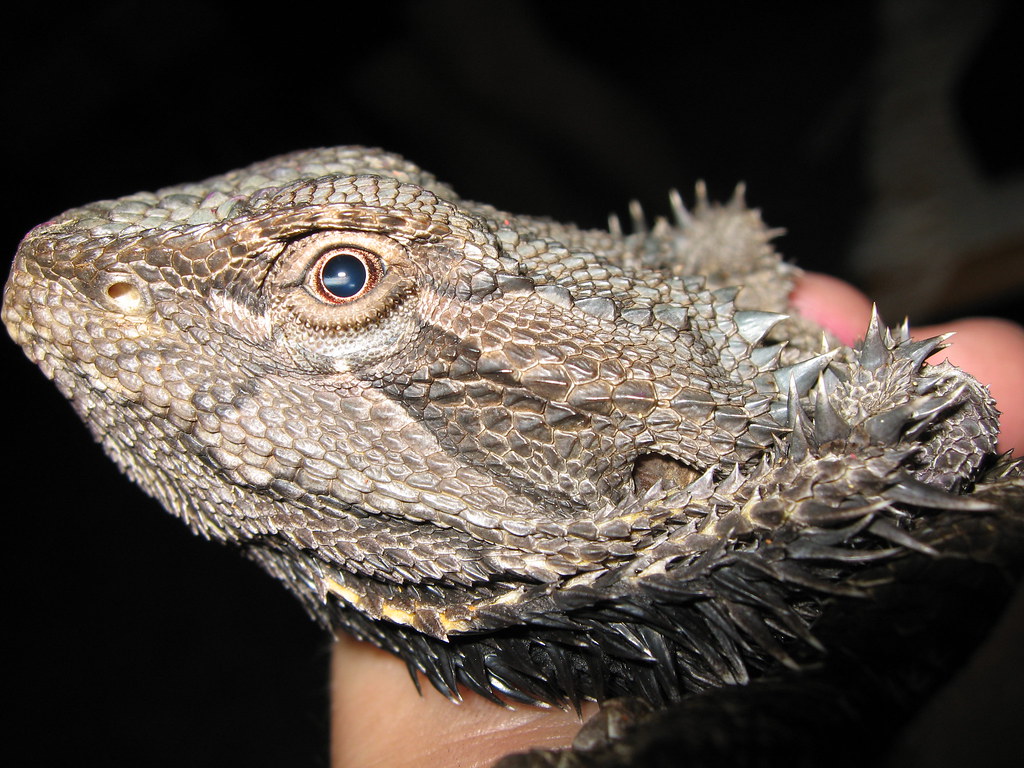
Finding the right bathing frequency for your bearded dragon involves understanding their individual needs, age, health status, and preferences. While the general guideline of 1-2 times weekly works for most adult dragons, being attentive to your pet’s signals and adjusting accordingly will ensure they receive the hygiene and hydration benefits of bathing without unnecessary stress. Remember that bathing serves multiple purposes beyond cleanliness—it supports hydration, aids digestion, assists with shedding, and provides an opportunity for bonding and health monitoring. By approaching bath time with patience and awareness of your dragon’s specific requirements, you’ll contribute significantly to their health and happiness as a beloved pet.

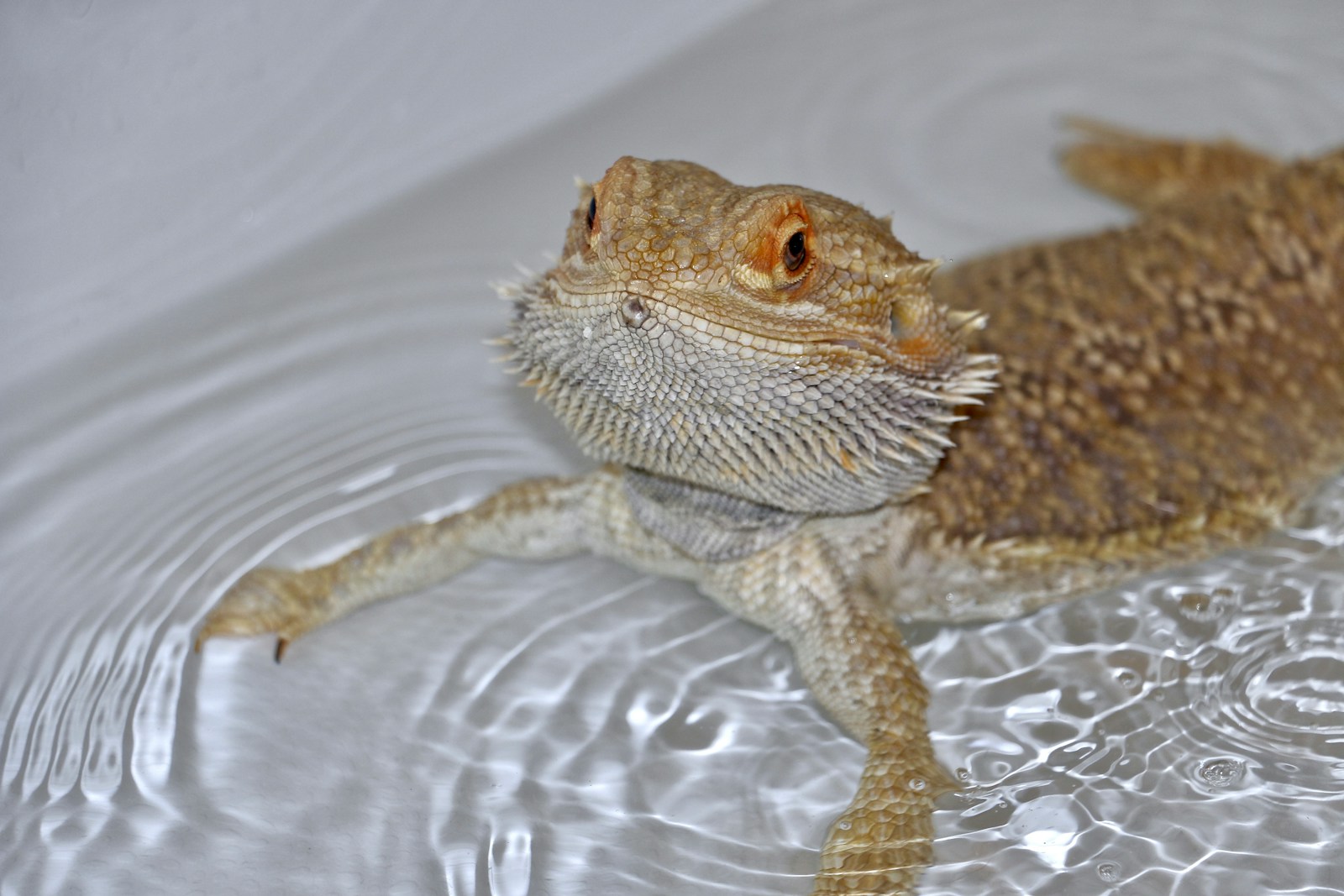





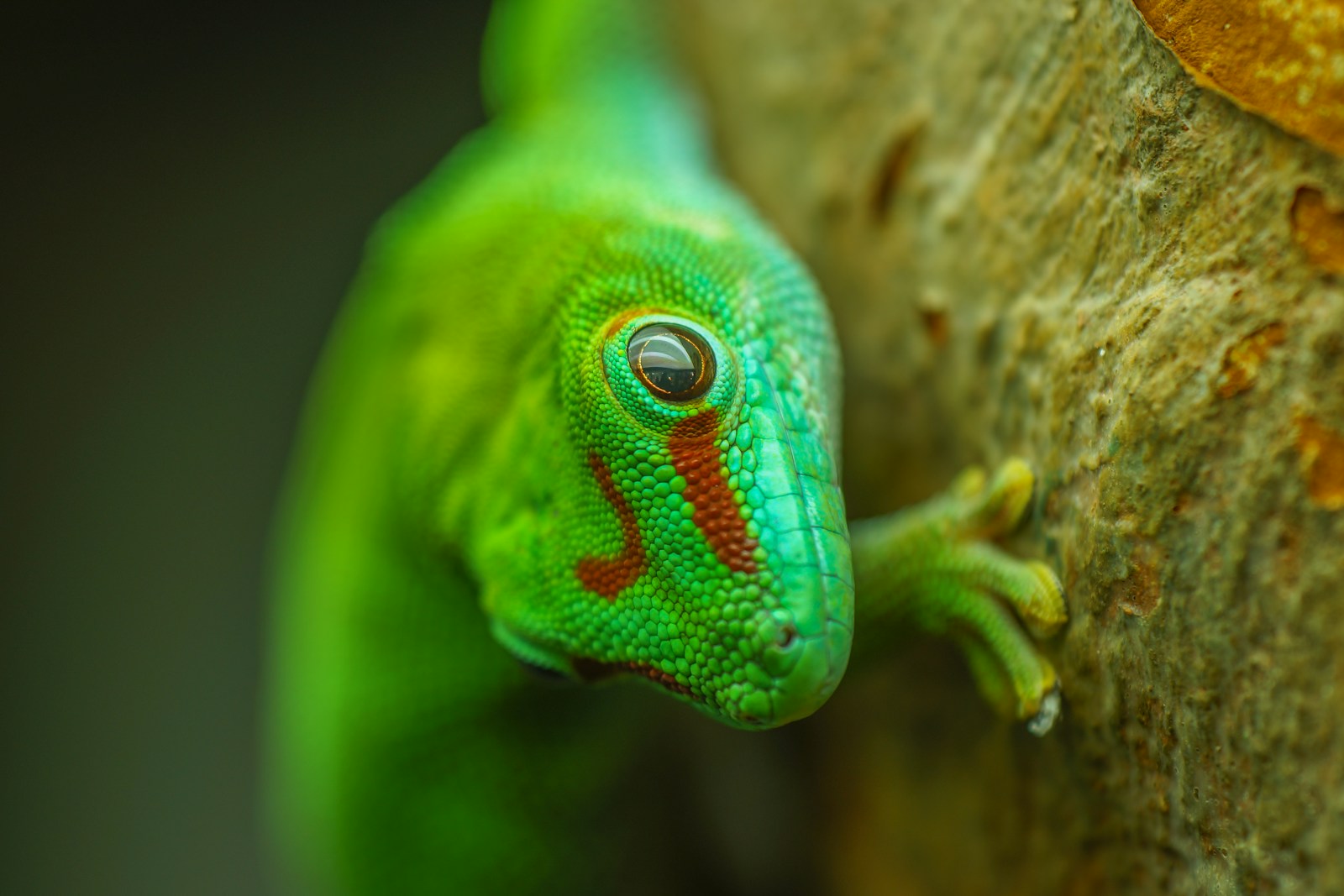
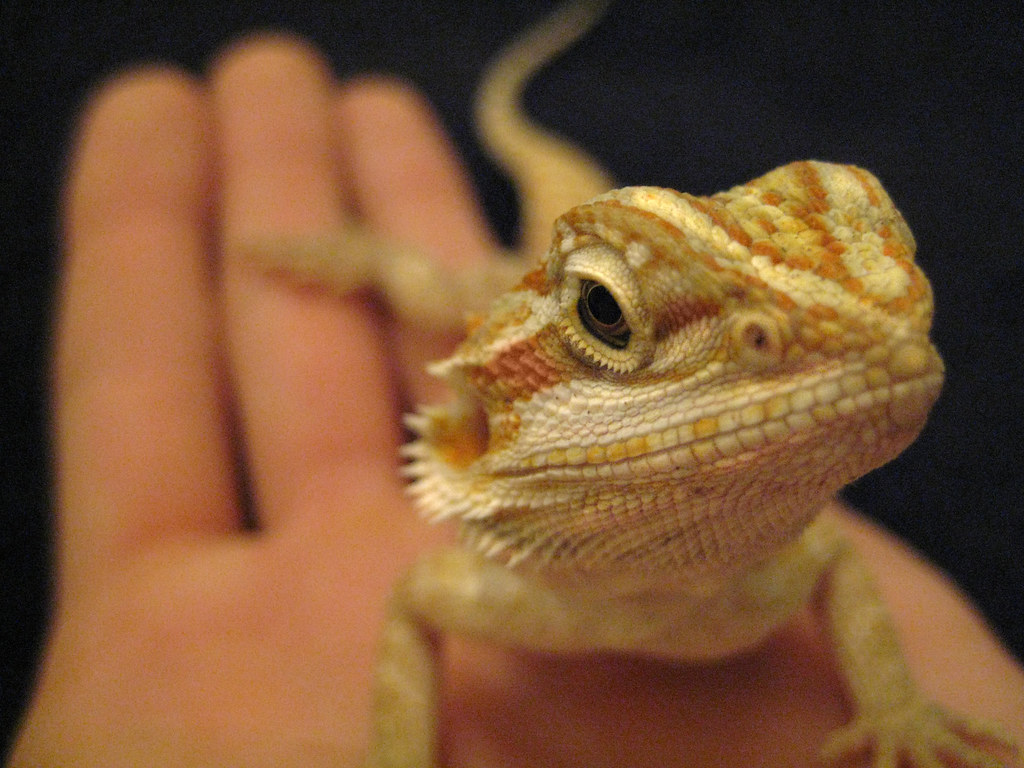


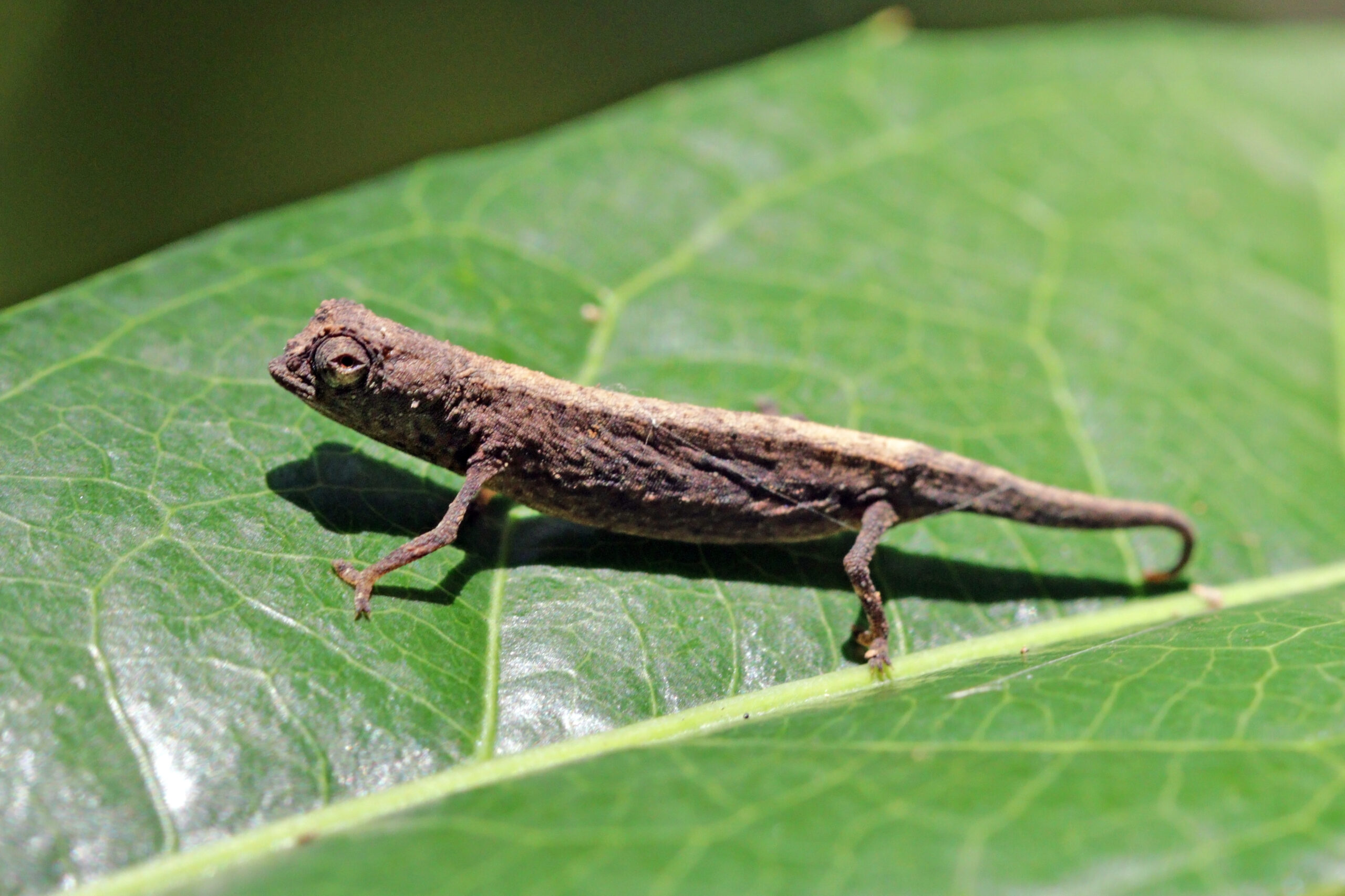




Leave a Reply